TECHNOLOGY
The Internet has connected people around the world at an unprecedented speed and scale. Yet, these same characteristics are being used to spread distrust and misinformation. Internet companies must find new ways to minimize harmful content while keeping the Internet accessible, open, and diverse.
Diagnosing the Problem
The Internet has provided countless benefits for users across the globe, including access to information, economic empowerment, education and communication. At the same time, extremist and false content have polluted the largest Internet platforms. Russian interference in the U.S. elections demonstrates the potential for such harmful content to erode democracy and sow distrust. Social media companies now face the enormous challenge of developing policies and advertising strategies that prevent the systematic exploitation of their platforms.
Identifying Solutions
In June 2023, we published Safeguarding AI: Addressing the Risks of Generative Artificial Intelligence, which identifies the risks related to generative AI and recommends steps tech companies and the government can take to minimize those risks.
Our September 2022 report,Spreading The Big Lie: How Social Media Sites Have Amplified False Claims of U.S. Election Fraud, examines how social media companies are spreading distrust about elections — and what can be done about it. We recommend, among other reforms, enhanced fact-checking and outside auditing, as well as removal of demonstrably false content.
In A Platform ‘Weaponized’: How YouTube Spreads Harmful Content – And What Can Be Done About It, released in June 2022, we shed light on the major social media site that has received the least scrutiny. YouTube has made some progress in countering misinformation and hateful incitement, but it remains an effective venue for “creators” seeking to amplify extremist views.
In February 2022, we published a white paper called Enhancing the FTC's Consumer Protection Authority to Regulate Social Media Companies, which explained how the government can introduce oversight of platforms like Facebook and YouTube while also respecting First Amendment free-speech rights.
Fueling the Fire: How Social Media Intensifies U.S. Political Polarization -- And What We Can Do About It, released in September 2021, addresses the hotly debated question of whether the major tech platforms contribute to partisan hatred. The report demonstrates that while Facebook, YouTube, and Twitter may not cause extreme polarization in the first instance, they do exacerbate the problem, which has dire consequences for our democracy.
In March 2021, we released a set of recommendations to the Biden Administration on how the federal government should step up regulation of social media companies to reduce the amount of disinformation and other harmful content online. The recommendations include enactment of an industry-wide code of standards that would be enforced by a new Digital Bureau within the Federal Trade Commission and modification of the federal liability shield that protects social media platforms from most lawsuits over user posts. You can read our press release here.
In February 2021, we released False Accusation: The Unfounded Claim that Social Media Companies Censor Conservatives. The report analyzes available data and anecdotal evidence to debunk the disinformation that Facebook, Twitter, and YouTube suppress the political right.
Regulating Social Media: The Fight Over Section 230— and Beyond, published in September 2020, examines whether social media companies should be held to more stringent regulatory standards. The report recommends preserving but amending Section 230 and also creating a Digital Regulatory Agency.
In June 2020, we shifted our focus to content moderation, publishing Who Moderates the Social Media Giants? A Call to End Outsourcing. This report recommends that Facebook and its rivals stop outsourcing responsibility for what gets removed from their platforms and instead embrace this vital function themselves.
Engaging Stakeholders
We work with stakeholders to define a way forward that combines the right mix of government oversight, company self-regulation, and public education and action.












